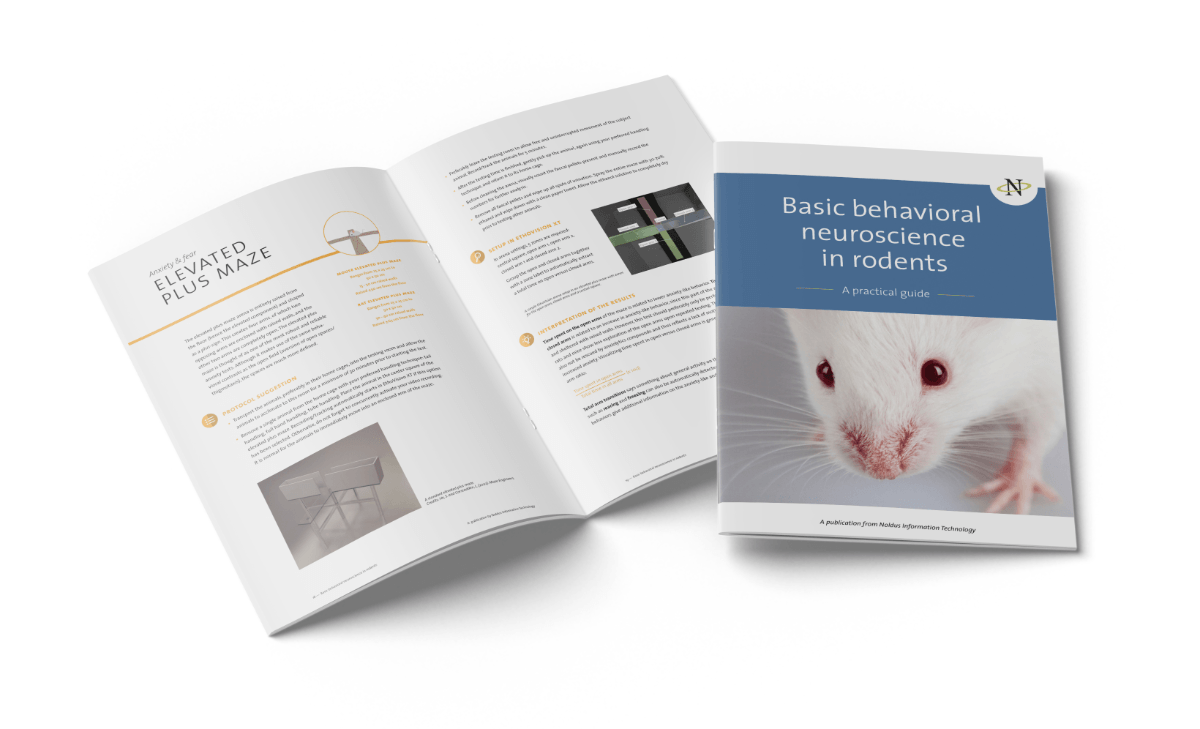Noldus tools for
Research on rodents
Behaviorally characterizing an animal model of disease is crucial to verify disease symptoms or other phenotypes which can be achieved through experimental interventions such as drug administration, genetic manipulation, or disease modelling.
Rodents are an ideal model of human diseases and are widely used in test batteries where the animal’s motivation, locomotor activity, startle reflex, anxiety, fear response, social behavior, learning, memory, and other emotional and cognitive traits are investigated.
Dysfunctions in these behaviors are used to infer structural and functional changes in the brain, and the recovery of performance on these tests is used to evaluate the effectiveness of potential therapeutics.
Noldus offers a wide array of solutions for behavioral research in rodents. As experts in (behavioral) neuroscience we can help you to advance your research.
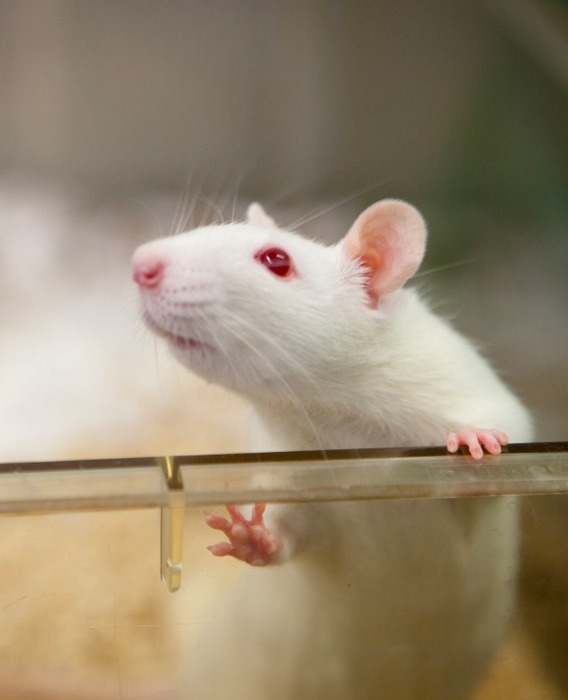
Research on Rodents
Applications
For objective data collection, video tracking software is a must.
Testing animals in their home cage has several key advantages: it eliminates stress of new surroundings and allows for longer testing periods, for example.
Many psychiatric illnesses are depression- or anxiety-related disorders. Behavioral tests with rodents are crucial to get insights on the underlying mechanisms and eventually find new treatments.
Gait analysis: the study of animal locomotion to learn more about several neurological disorders and lesions.
Cognition and memory studies are invaluable in research areas such as Alzheimer’s, Parkinson’s, and Huntington’s disease.
The study of social interaction can be done in a variety of set-ups, all having one thing in common: the study of behaviors between two or more animals.
Novel object recognition is a highly validated test for recognition memory.
Optogenetics is a method to specifically activate or even inhibit small groups of neurons with light.
Fear conditioning and other learning tasks in rodents are typical in a wide range of studies, including neuropharmacological studies.
Several types of seizures are studied preclinically to investigate origin, neurological pathways, and possible treatments.
Ataxia is a lack of coordination in movement. It can have a variety of causes and is a symptom of a range of disorders.
A selection
Our products
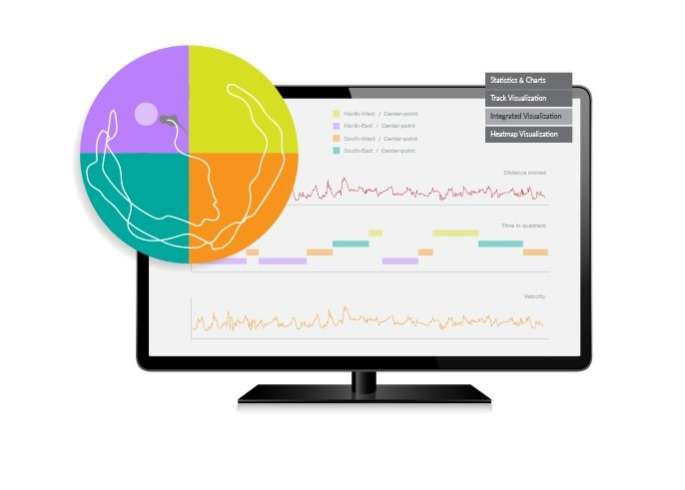
EthoVision XT
EthoVision XT is the most widely applied video tracking software that tracks and analyzes the behavior, movement, and activity of any animal.
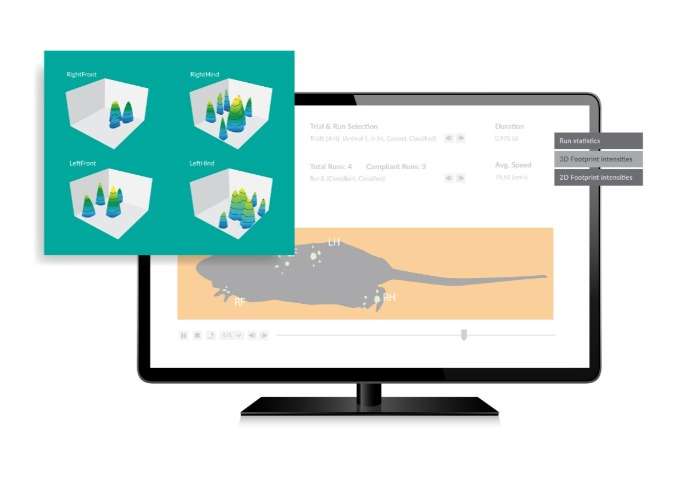
CatWalk XT
CatWalk XT is a complete gait analysis system for quantitative assessment of footfalls and locomotion in rats and mice.
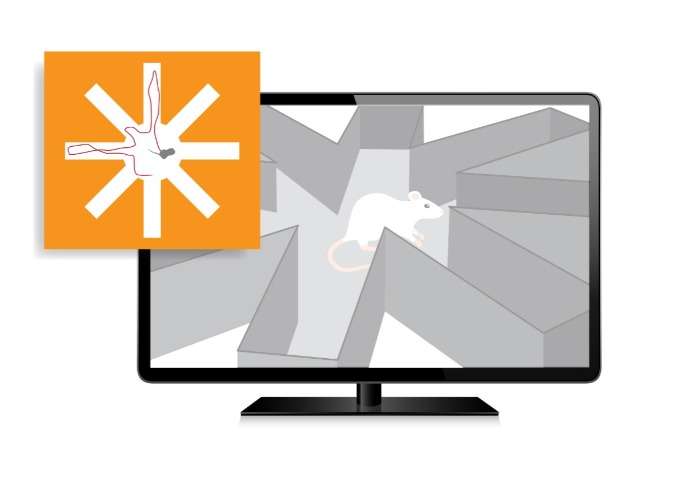
Mazes and open fields
We offer a wide range of mazes and open fields for your standard tests. Custom-built and high quality.
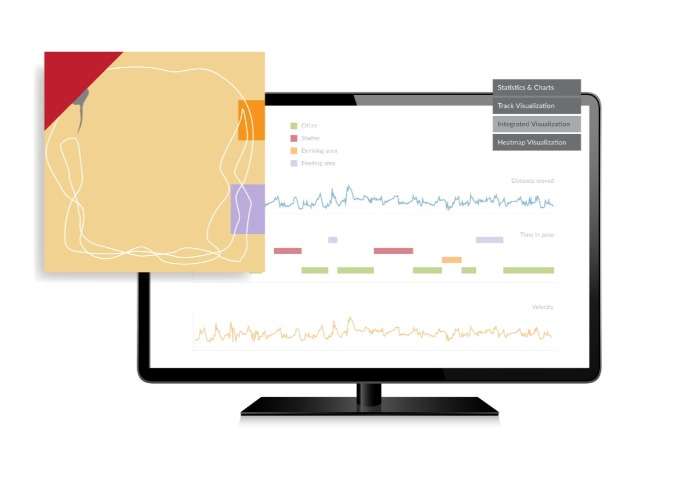
PhenoTyper
PhenoTyper is an instrumented observation cage to measure and test the behavior of laboratory rodents.
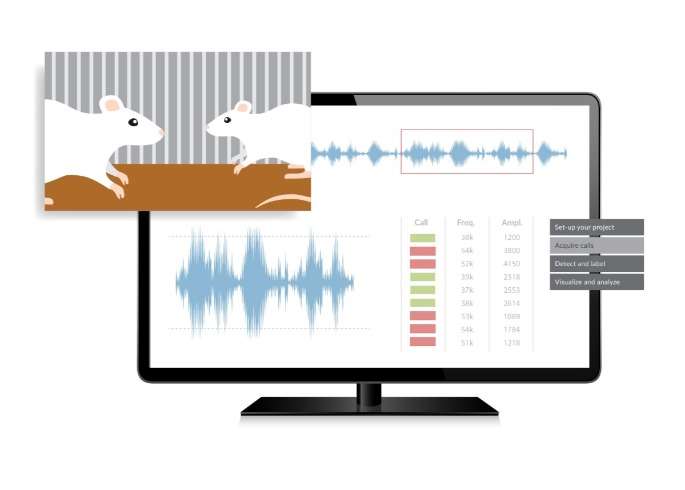
UltraVox XT
Capture the full acoustic spectrum to process and analyze rodent ultrasonic calls and other animal vocalizations.
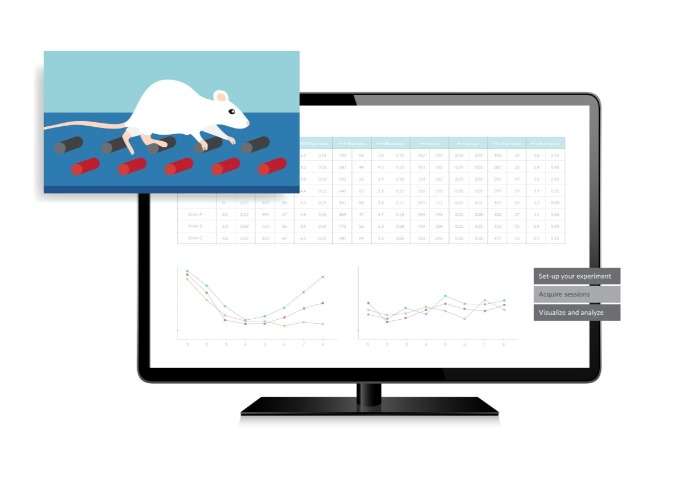
ErasmusLadder
ErasmusLadder is a complete system for the assessment of motor performance and motor learning in mice.

"What I love about Noldus Information Technology is the personal attention and service. I am not dealing with a website or a call center in a remote country but with people whom I know by name, and who provide advice and on-site support during periodic visits."
Prof. Dr. D. Pollak |University of Vienna, Austria
Free e-book
Basic behavioral neuroscience in rodents
Want some more literature on the basic (behavioral) neuroscience in rodents? Download our free e-book. In this guide we explain why and how we investigate specific types of behaviors. Our goal is to help you advance your research by providing high quality products and accurate information at a high level.
Customer succes story
Dr. Thomas Prévôt from the University of Toronto is developing a new tool to assess anxiety-like and depressive-like behavior in rodents, in order to understand the underlying mechanisms of chronic stress exposure and how it changes either behavior but also molecular and cellular pathology, to mimic the human depression.
Blog post: 3 ways to use rodent gait analysis in CatWalk XT
CatWalk XT has been used for gait analysis in multiple studies and has helped experimental procedures for a number of neurological disorders and in lesion models. The great benefit of this gait analysis system is that it lets mice walk freely without being forced.
In this blog we’ll tell you about three studies where the CatWalk XT gait analysis has been of great help.
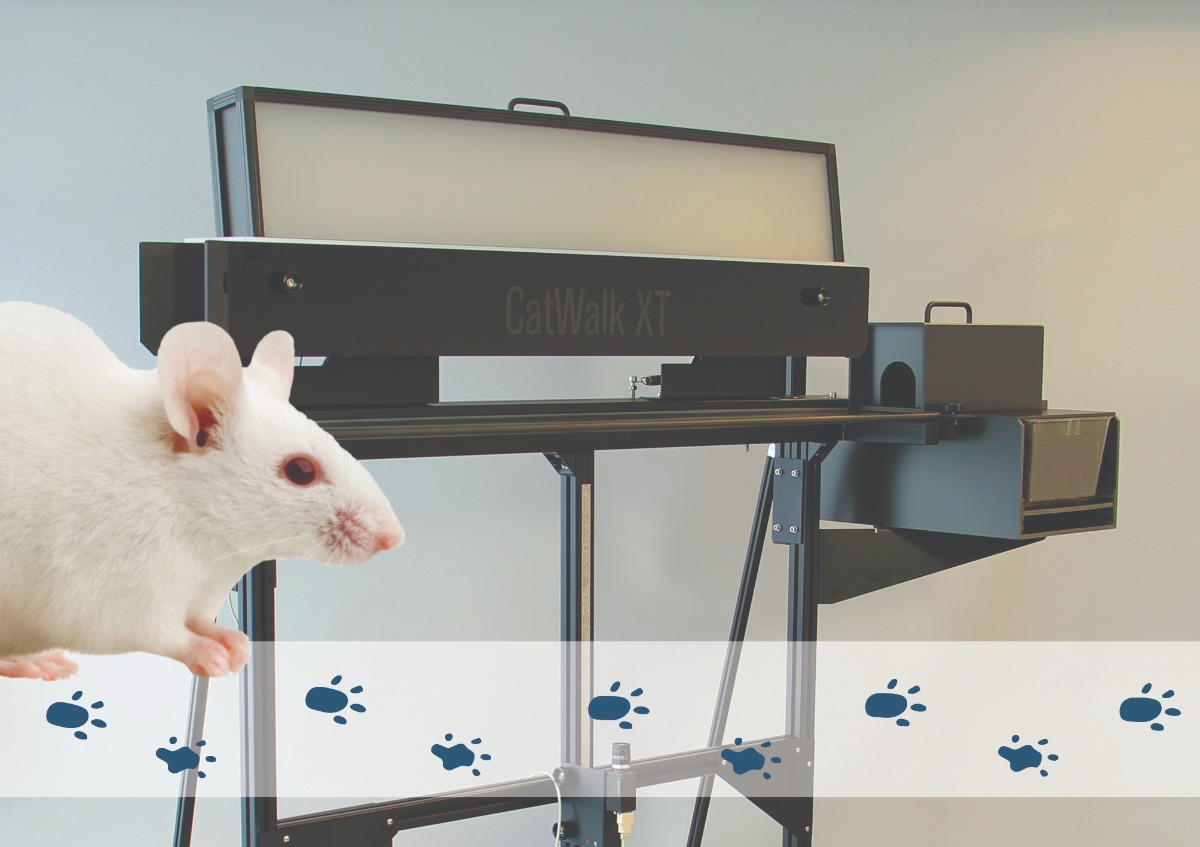
 English
English German
German French
French Italian
Italian Spanish
Spanish Chinese
Chinese
